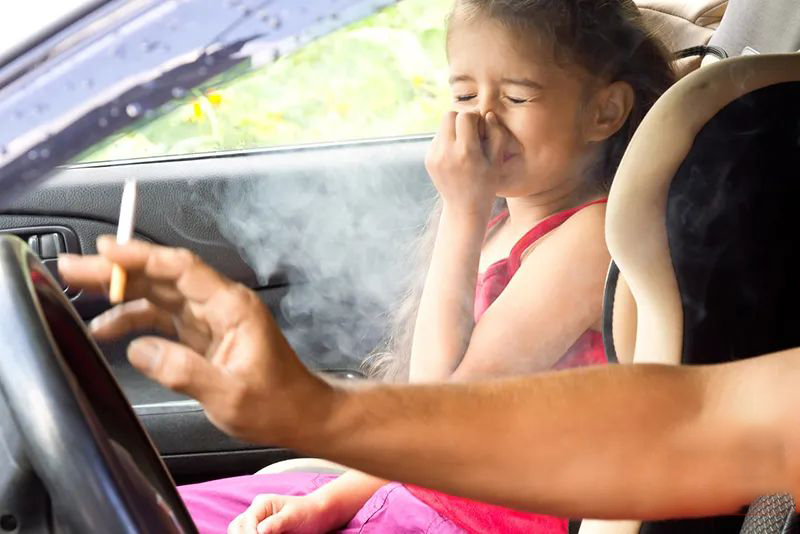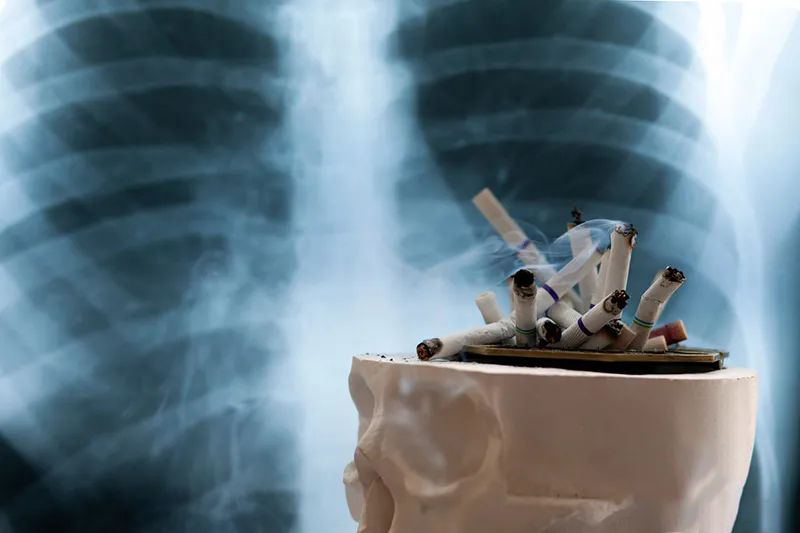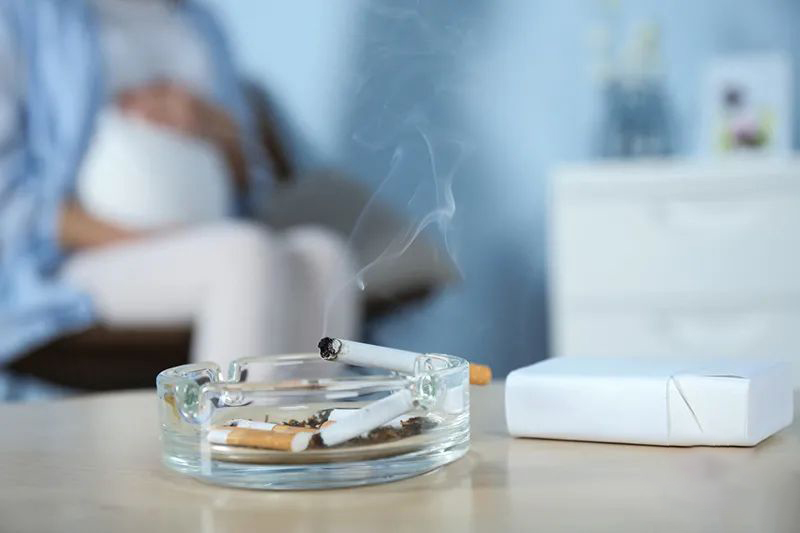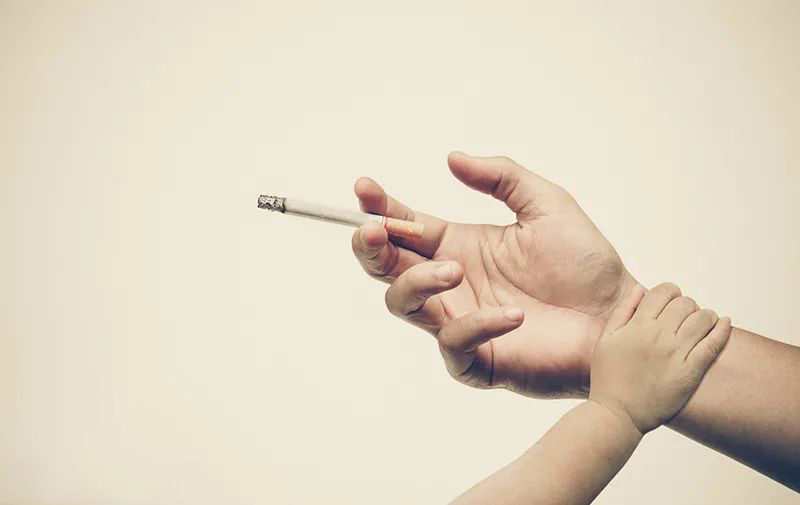
The smoke always gives the feeling of being in a fairyland, but if the smoke is from cigarettes, it is not wonderful at all
We all know that smoking is harmful to health, but many people cannot refuse it. When you smoke, family members and friends around you may suffer more harm, especially children

Research shows that about 40% of children worldwide are exposed to secondhand smoke; about 65,000 children die each year from diseases caused by secondhand smoke exposure.
Children are at a critical stage of growth and development, the nervous system, endocrine system, etc. are not fully developed, and the immune function is also unstable, which makes it easier for tobacco harmful substances to accumulate in the body.
Among the more than 7,000 chemical components in tobacco smoke, there can be hundreds of harmful substances, mainly including inhalable particulate matter, nicotine, carbon monoxide, carbon dioxide, nitrogen dioxide and acrolein. At least 69 kinds of harmful substances are known to be carcinogenic. can cause serious harm to human health.

Second-hand smoke contains more harmful substances than first-hand smoke, such as nitrosamines (strong carcinogens) that are 50 times higher than first-hand smoke. The International Agency for Research on Cancer has classified secondhand smoke as a human carcinogen and confirmed that it is closely related to the incidence of lung cancer.
What are the dangers of secondhand smoke to children?
Secondhand smoke is not only carcinogenic, it is also closely related to other non-malignant childhood diseases.
respiratory infection
Children’s bronchi are more straight than adults, which makes it easier for harmful substances from secondhand smoke to pass through their airways and accumulate in the alveoli.
Asthma
Children with passive smoking were 2.51 times more likely to develop asthma than children without passive smoking. The smoke emitted by passive smoking is often more toxic than the smoker’s own inhalation, which reduces children’s lung function and reduces their responsiveness to drugs. Pregnant women who smoke or passively smoke during pregnancy increase the incidence of neonatal asthma.

Secretory otitis media
The harmful substances in tobacco can directly damage the mucosa and destroy the clearance mechanism of the middle ear, thereby increasing the probability of injury, infection and allergic inflammation of the Eustachian tube mucosa. Children’s Eustachian tube mucosa and cilia are more susceptible to damage than adults. The disease is an important cause of hearing loss in children.
Inattention
Studies have confirmed that passive smoking can cause elevated blood lead levels in children, leading to lead poisoning. And lead poisoning is one of the causes of children’s attention deficit hyperactivity disorder, and its main manifestation is inattention. At the same time, the damage of nicotine and other substances to the central nervous system may also cause children’s inattention.
Hypertension
Current research generally believes that second-hand smoke can change the structure and function of arteries in children, thereby causing an increase in blood pressure. Even short periods of passive smoking can have a blood pressure-raising effect. A study in the United States showed that tobacco exposure increased the risk of hypertension by 60% in white children and adolescents.
Tooth decay
Secondhand smoke can make the surface of children’s deciduous teeth contain a lot of nicotine derivatives, and it can also reduce the level of vitamins in the body, reduce the child’s immunity, and cause the child’s mouth to dry out, so that the saliva cannot neutralize the lactic acid produced by sweets, leading to tooth decay. . In addition, second-hand smoke can affect the oral flora and have an effect on the mineralization process of teeth, thereby aggravating tooth decay.

Height effect
Studies have found that both active and passive smoking of the mother during pregnancy can significantly reduce the length of the fetus at birth. In addition, smoke is very likely to affect children’s appetite, thereby further affecting children’s growth and development.
How to stay away from secondhand smoke?
Build a smoke-free family: Parents voluntarily quit smoking, not only do not smoke in front of children, but also reduce the number of smoking at home, and at the same time discourage relatives and friends from smoking at home.

Healthy lifestyle: Children can eat more vegetables and fruits rich in vitamin C. Vitamin C has antioxidant function and plays a certain role in reducing the harm of cigarettes; drink more water and exercise more to accelerate the discharge of harmful substances.
Frequent laundry, regular cleaning of furniture: we also cannot ignore the dangers of third-hand smoke. Thirdhand smoke refers to the cigarette smell and harmful particles remaining in the hair, clothes and furniture of smokers, and in the corners of the home. It can also cause various discomforts after being inhaled into the body. Therefore, it is necessary to remove residual cigarette particles such as clothes and furniture to reduce the possibility of children inhaling.
Health education: Parents need to teach children to protect their health, recognize the dangers of smoking and second-hand smoke from childhood, refuse smoking when they grow up, and stay away from passive smoking places in daily life.
Comments